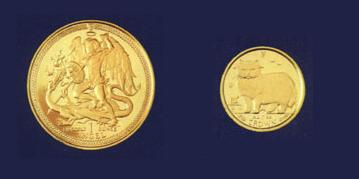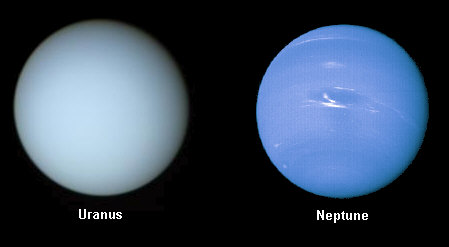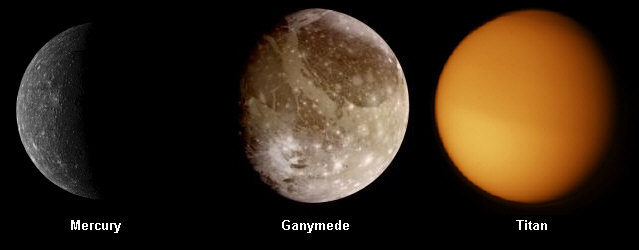Lab 1: Density and Gravity
Review Questions
These questions are designed for a quick review.
If you thoroughly understand the material for this lab,
then these questions should be very quick and easy.
If not, then it might be a good idea to review certain ideas.
The answers are not here... if you are unsure of an answer, try
going over the lab again,
discussing it with some other students,
or coming to see me.
- What are the definitions for mass, weight, and volume? What are
some units we use for each?
- What is the definition of density?
What formula do we use to calculate it?
- I have a lucky brick, and I take it with me to the Moon.
There I measure its mass, weight, volume, and density. Which values
will be different from what they were on Earth?
Will they be greater or less?
- Rank the following materials in order from lowest to highest density:
- water ice
(That is, frozen water, as opposed to frozen something else.)
- liquid water
- Styrofoam
- rock (average)
- iron
- Does the strength of a planet's gravitational pull have any effect
on the craters that form on its surface?
- I have two gold coins: a large one and a small one. Both are 100%
gold. Which coin has greater mass? Greater weight? Greater volume?
Greater density?

- The planet Uranus has a mass that is about 14.5 times that of Earth,
and a diameter that is 4.0 times that of Earth. Neptune has a mass of about
17 Earth masses, and a diameter about 3.9 times larger than Earth's.
Which planet of the two is denser?

- While there are several moons in the Solar System that are larger
than Pluto (the smallest planet), only two are larger than the next smallest
planet, Mercury. These moons are Ganymede (one of Jupiter's moons) and Titan
(one of Saturn's moons). Though Mercury is
a little smaller than each of these moons,
its mass it greater than both moons' masses combined. What does this say
about the density of Mercury compared to these two moons?

More Review Questions...
Extra Questions...
Back to Lab 1.
Back to the main page.



